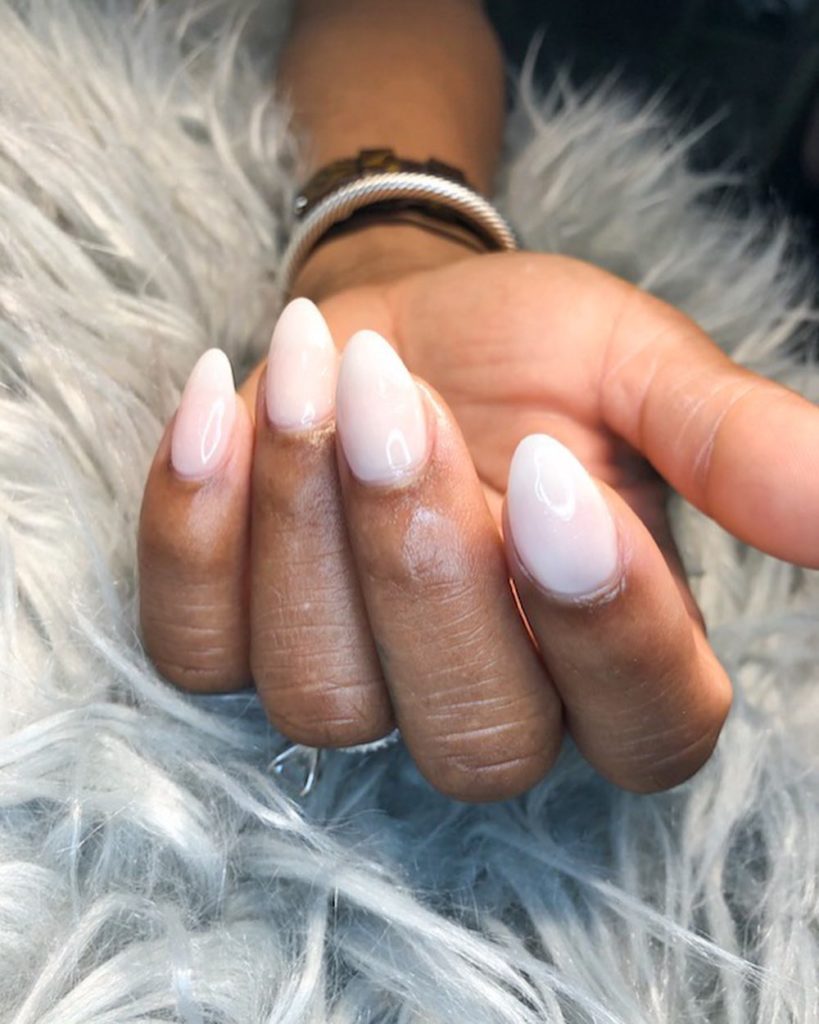In 2019, 10 percent of your body weight is on your hands and 10 percent of your body weight is on your feet. Much of that weight is spent biting your nails, you can tell. You’re straining your muscles to strengthen your fingers. You feel a dull ache in your palm (hence, cracking a tooth). You’re dripping sweat.
The physics of holding your nails to your hands is just not meant to work. But the way we’re trained to do it is still the way we’re wired. This is often the reason we bite our nails. We can’t help it.
Besides, biting your nails is bad for your hands, obviously. What are we to do? We were a little unclear. The answer, we’ve been told, is to stop biting our nails. But once we tried it, we realized we didn’t want to stop.
We’re not alone. Here are some expert tips and tricks to help you do it. This all comes from Today’s Parent, we swear, and we promise it’s all real.
Note: The text is in italics.
Smooth, short, and precise:
Although this tip isn’t a traditional one, it’s one of our favorites because the intertidal salt solution doesn’t require alcohol or any other ingredients, which means you can use it in just about any recipe. Try this with bread or crumbled meat.
ADVERTISEMENT
Bite with a smooth wrist:
An ancient Chinese recipe uses some spice oil along with the salt solution to help soften the nail bites without scaring off the enamel, which can be a problem with some recipes. Without hypodermic needles or a steak knife, simply rub the salt solution on your wrist for a minute while you’re eating the food.
Create a knife-stable firm:
What you’re looking for here is for your nail bites to stay in one straight line all the way through the nail. We spoke with Anitika Atwal, holistic nutritional health specialist and host of the “#WhereNailsGo” show, who gave us a little insight into why. “If the biting and knuckle hitting are mismatched along the nail, this will cause instability in the nail,” she says. This makes it difficult to cut. So if you’re biting and hitting your nails, make a point to wing them about a few inches away from each other. If your nails stay stuck together at the end of a bite, you will want to lift the nail a little, so that it eventually leaves the nail plate.
Cold, shaking, pulsing in a jar:
There is a method to this madness: just hold a glass or jar full of cold water over your nail bite and gently, slowly, move it off your finger. Cold water makes the finger muscles stretch, which helps loosen up the nail, and it should also help dislodge the nail from your knuckle. So, grab a frying pan and throw some boiling water on your nail bite.
Use a larger than usual tip:
Small fingernails usually take longer to squeeze through the mouth than larger ones. If you tend to bite along the bridge of your nail, which sometimes makes the bite too sharp, try a bigger than usual tip. Biting too tightly, it can squeeze the nail into the mouth.
Open your mouth slightly:
The notion of pulling your fingers into your mouth is an old one. When you bite, you want to push the nail down into your lips, but doing it so fast can trap the nail. Try opening your mouth a little bit, which will help you open the nail.
Put the nail in a slightly different place:
Why is this helpful? It will make the nail stick out a little more, making it easier to tell when you’ve bitten through the nail. It will also make it easier to scrape out the nail after you’ve finished eating.
Holding the tip over the edge of your finger:
Why is this helpful? Before you pick up a nail file or a metal clipper, try this method, which will help you immediately tell if you’ve bitten through the nail. Simply hold the tip over the edge of your finger, and let the nail snap right through. Let go.
Maintain the length:
Well-groomed nails can take more pressure than your average nail bite. As such, they can sometimes stretch out, making it difficult to remove. If you’re eyeing a cleaning cloth or plastic spoon, it might make sense to hold them over the nail for a few seconds before you begin to clean.


0 Comments on "How Long Does It Take to Banish Biting?"